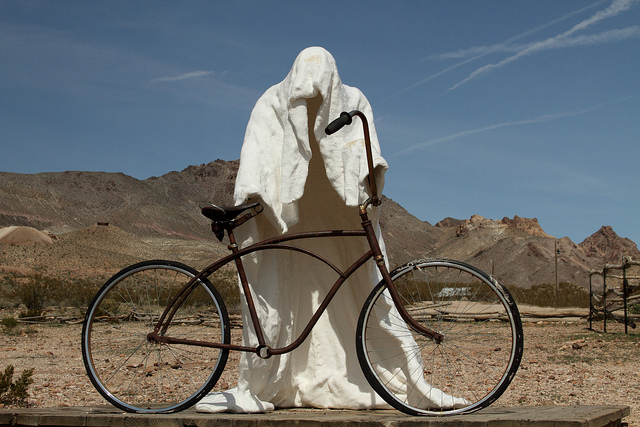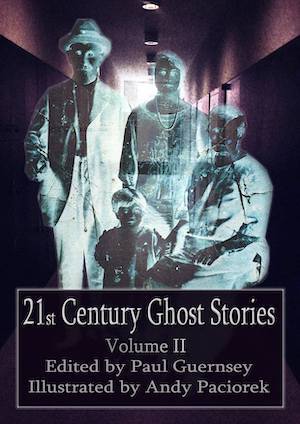
Image: Gabriel Millos
The Secret’s In Choosing The RIGHT Details
One common misconception among beginning fiction writers is that the best description is a detailed description. They feel they haven’t done justice to a character until they’ve told you what color her hair and eyes are, how tall she is, and what she’s wearing down to the laces on her shoes. If they’re describing a place, they’ll give you a full real-estate agent’s tour of it in words.
A century ago, when people had more time to read, they’d sit through a full head-to-toe or room-by-room description. Now, however, readers expect the salient characteristics—those details that have a bearing on the story. Is her face calm or fierce; is she dressed in rags or a ball gown? Perhaps her eyes are wide, she’s gasping, and her ball gown is muddy and torn, as if she’s just emerged from a swamp. . . that’s maybe all you need. Your reader certainly will not care what color her ball gown is. As for a place description, if a house is huge and empty, with a thumbnail’s depth of dust on all the furniture, and every footstep echoes like a gunshot though the darkness . . . your reader’s imagination will do the rest of the work.
In fact, that’s a good guideline for any writer: Allow your readers the pleasure of using their imagination.

